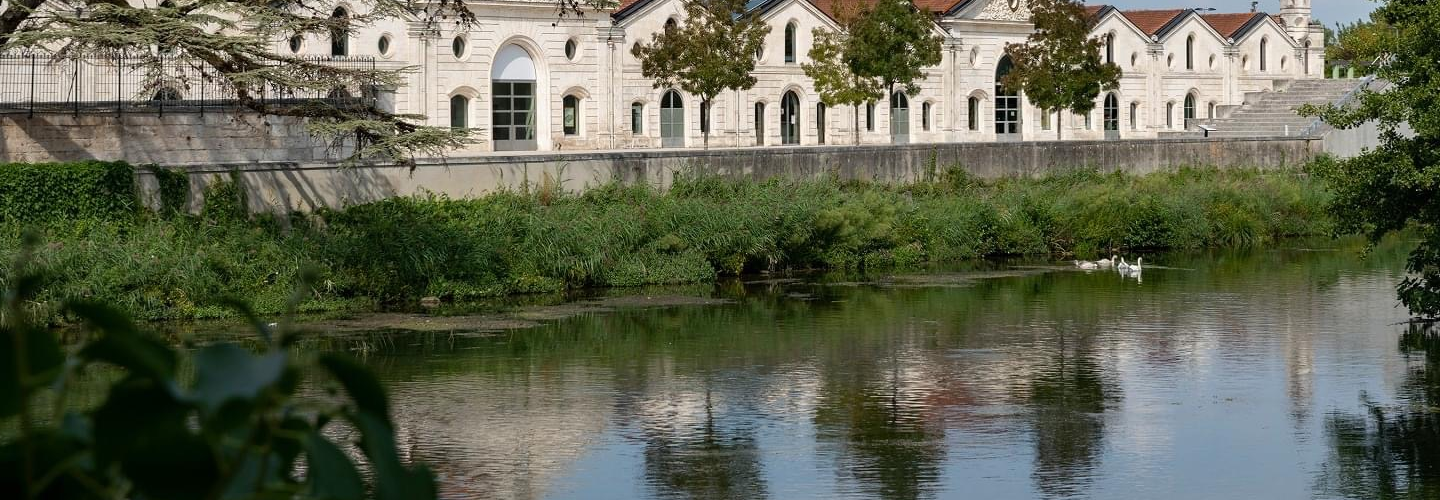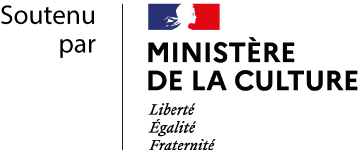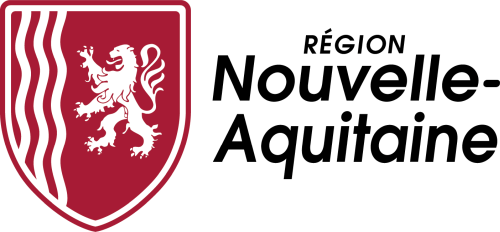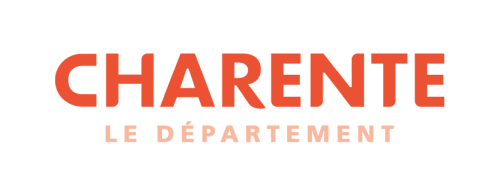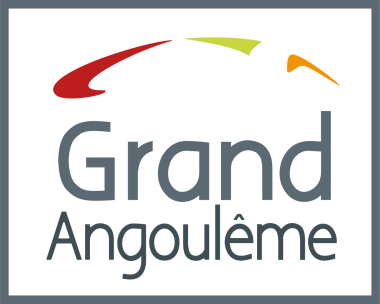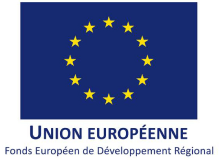The history of the Cité internationale de la bande dessinée et de l'image
In 1974, the International Comics Festival was launched in Angoulême in Charente. In the 1970s and 1980s, collections of original comic strips were gathered and preserved at the Angoulême Museum of Fine Arts. In 1983, the museum opened the Saint-Ogan Gallery, named in honour of one of the fathers of French comics, author of the Zig et Puce series. This gallery presents the collection of original comic strips in a modern museum setting, created by the Art Edbus group of visual artists.
In 1984, Jack Lang, Minister of Culture, announced that, as part of the major projects of President François Mitterrand, a National Centre for Comics and Images (CNBDI) would be built in Angoulême to house a museum, as well as a media library and a digital imaging centre. In 1985, the team formed by Roland Castro and Jean Remond won the architectural competition. It planned to renovate a disused industrial building (the former Champigneulles Brewery) chosen by the city of Angoulême, on a site already focused on culture and communication, as it was home to the European School of Image and the Paper Museum and Workshop. In January 2008, the CNBDI association and the Maison des auteurs association created the EPCC la Cité internationale de la bande dessinée et de l'image, which collaborates with ‘Magelis, le Pôle image d'Angoulême’. In June 2009, the new Comic Strip Museum opened its doors in a new building, former wine cellars renovated by Jean-François Bodin[1] on the other bank of the Charente.
In April 2024, the direction decided to close the permanent exhibition in order to open a new one in 2027. A temporary exhibition, Treasures of the Collections, presents the treasures of the Cité's collections until 2027; the curator is Jean-Pierre Mercier. A committee of ten personalities from the world of the 9th art and museography, with different areas of expertise and backgrounds, was brought together to outline the permanent exhibition of the ‘ideal’ comic book museum: Benoît Peeters - writer and scriptwriter, Loo Hui Phang - author and scriptwriter, Paul Gravett - author, Laetitia Gayet - journalist at France Inter, Serge Ewenczyck - founder of Editions ça et là, Sonia Déchamps - former artistic director of the FIBD (Angoulême International Comics Festival), collection director (Virages graphiques - Rivages publishing house) and founder of the Sojoe creative studio, Julien Rousseau - chief heritage curator, head of the Asian heritage unit at the Musée du Quai Branly - Jacques Chirac, Hélène Raux - Lecturer in French language and literature, INSPE Paris / Sorbonne University, Chloé Cruchaudet - author, Lucas Hureau - director of MEL Publisher and MEL Compagnie des Arts. This committee is chaired by Pierre-Laurent Daures - exhibition curator and comic book author.
The actual director of the Cité is Vincent Eches.
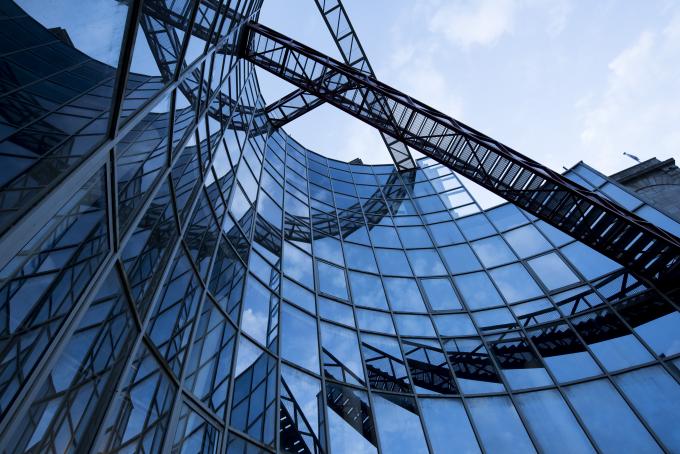
Angoulême, UNESCO Creative City
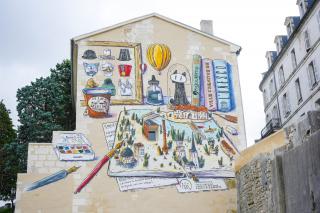
Located in southwestern France, Angoulême is a city steeped in literary tradition dating back to the time of Adhémar de Chabannes in the 11th century. In the 16th century, Angoulême became an important centre for paper manufacturing, while its key role as a city of literature was reinforced during the Renaissance thanks to the support of the House of Valois. In response to the difficulties faced by the publishing industry in the early 1970s, Angoulême launched the first International Comics Festival to encourage growth in this sector. Since then, comic books have experienced strong growth in France, and this international event now plays a key role in the city's economy, with a direct economic benefit estimated at nearly US$40 million for the Festival alone.
To encourage creativity within the city, Angoulême also organises other festivals, including the Francophone Film Festival and the Courant 3D Festival. These events aim to bring together people who share the same aspirations and encourage them to share ideas, think creatively and showcase their work. More than 200,000 visitors, 2,000 authors and 1,200 publishers from around the world participate in these events, confirming Angoulême's status as an international literary hub.
As the city now positions itself as a centre of excellence thanks to its renowned higher education offering in the arts and comic book creation, the ongoing success of the comic book sector is supported locally by a number of initiatives that offer artists and authors financial assistance and creative spaces. Art has been beautifully integrated into the streets through several urban planning projects, including the creation of frescoes and murals. In addition to developing educational initiatives for young authors, the local government also hopes to improve the place of comics in literature by working with the Ministry of Culture, as well as to initiate change in the industry.

